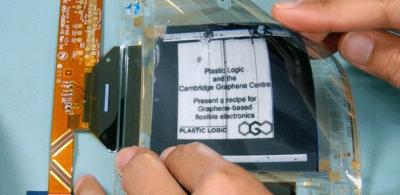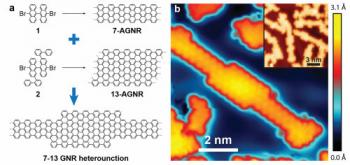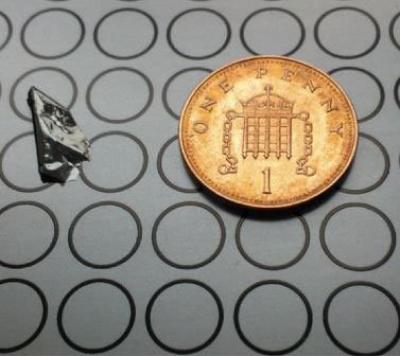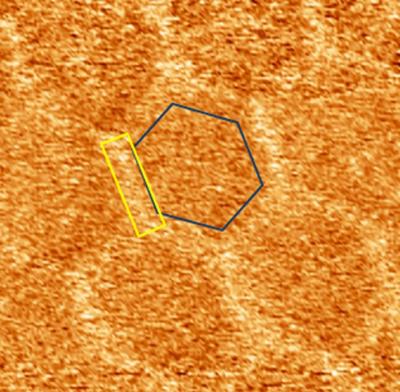Spiraling laser pulses find graphene's on/off switch
Scientists from the Department of Energy’s SLAC National Accelerator Laboratory and the Stanford Institute for Materials and Energy Sciences (SIMES) collaborated to study the effects of spiraling pulses of laser light on graphene. They discovered that such spiraling laser pulses can theoretically change the electronic properties of graphene, switching it back and forth from a metallic state (where electrons flow freely), to an insulating state.
Such ability could mean that it is possible to use light to encode information in a computer memory, for instance. The study, while theoretical, attempted to work in as close-to-real experimental conditions as possible, right down to the shape of the laser pulses. The team found that the laser's interaction with graphene yielded surprising results, producing a band gap and also inducing a quantum state in which the graphene has a so-called Chern number of either one or zero, which results from a phenomenon known as Berry curvature and offers another on/off state that scientists might be able to exploit.





